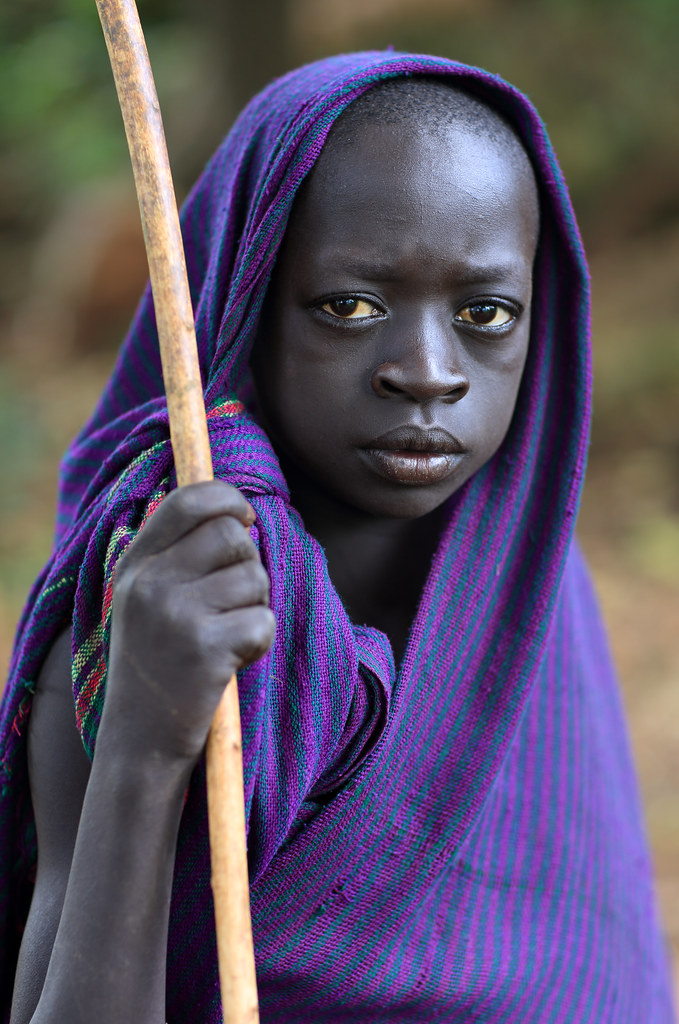The Andamanese people belong to the Negrito race. They occupy the islands of Andaman and Nicobar. The Andaman Islands are an interrupted prolongation of the Arakan-Yoma the great north to south mountain chain of western Myanmar (Burma), and lie about 330 kms (200 miles) from the mainland. The economy of the Andamanese resembles to that of the Semangs and Sakais.
There is, however, some degree of economic specialization between the coastal group and those of the interior. On the shores, fishing is an important economic activity, while in the interior, in addition to the wild fruits and small mammals, the bush-pig is extensively hunted. Moreover, the Andamanese encampments, in general, are more permanent.
A group often remains several months in one place, and usually has a headquarter to which it returns in drier season from December to May. About a dozen open shelters with sloping roofs, very much like those of Semangs, are grouped round a small clearing, which is used for dancing and feasts.
ADVERTISEMENTS:
The tools and equipments of Andamanese are more elaborate than those of the other Negritoes. The fishermen of the coastal areas build large and sharply canoes. Some of them are equipped with outriggers.
For pig-hunting they use a harpoon, while their blows are of complicated ‘S form. They make decorated pottery for several generations.
The dead among the Andamanese are treated elaborately. Unlike the Semangs and Aetas (Philippines), who merely expose or bury the body and leave the spot, the Andamanese, exhume the corpse after a long mourning, and the bones, particularly the skull, are preserved by relatives.
ADVERTISEMENTS:
In general, the lifestyle of Andamanese resembles very much to that of the Semangs and Sakais and the society is controlled by the headman of each group.
The Andamanese youth has to undergo a long series of food-privation as he approaches manhood. This deprivation of food to the young, which results in the older and often less active people securing a larger share, accords with the general tenor of the Andaman society, in which respect for the old is instilled into the young in many ways.
